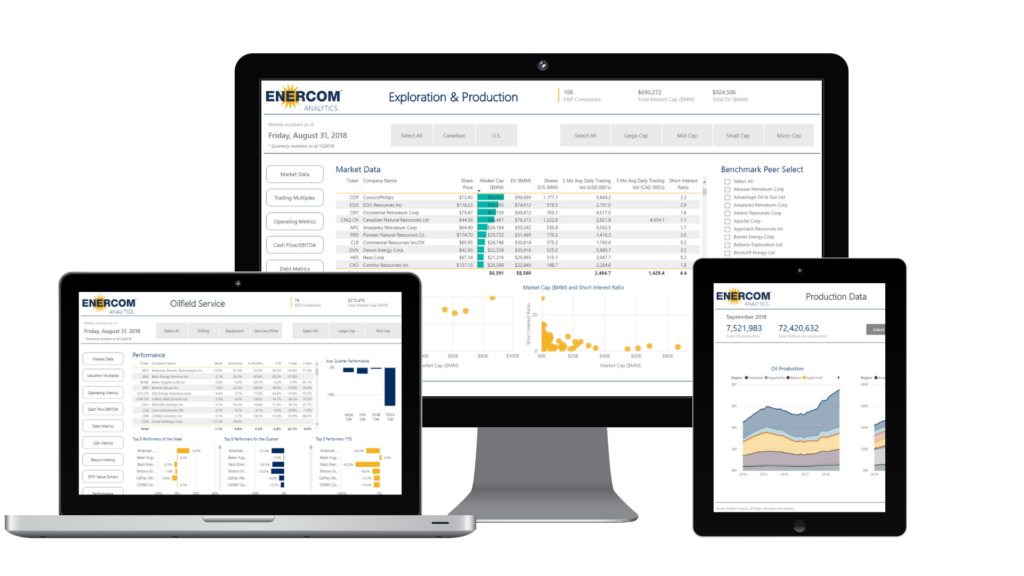Bankers, investors, private equity are jumping back into oil
From the Houston Chronicle
U.S. oil prices recently dropped below $60 a barrel after climbing to the highest levels since late 2014, but bounced back to $61.17 a barrel on Thursday.
Reports of record U.S. oil output has done a number on forecasts considered rosy for the fossil fuel industry. And the number of working U.S. oil rigs keeps climbing, with a 26-unit gain last week, according to Baker Hughes.
As prices falter, we can reasonably question the oil market’s surge in recent months and ask whether U.S. producers will become the victim of their own success – again – by pumping more oil than the market can handle.
That happened a few years ago, when the American engineering that sparked the biggest domestic energy surge in decades set off the worst oil market collapse in a generation. OPEC refused to curtail its own production, and the collapse of oil prices forced U.S. shale drillers to shed thousands of jobs and file scores of bankruptcy cases.
But over the past year, the shale industry has reemerged in a larger role on the world’s energy stage, with leaner operations and, of course, more oil. It recently pumped record amounts of crude even though its workforce in Texas, the state with the nation’s highest oil production, hasn’t come close to coming back to previous levels. The nation’s rig count also sits close to half its level at the peak of the boom.
Earlier this month, the Energy Department said it believed U.S. output averaged 10.2 million barrels a day, a new record. It forecast production could reach an average 11.2 million barrels a day next year.
One of the most notable recent developments has been investors’ recent demand for share buybacks and dividends from oil companies, which generally pursued production growth over other metrics. It should be interesting to watch the industry’s response play out, particularly after several major company boards tilted management compensation schemes toward returns.
Over the past week, I got a hint of where things could go. Recent conversations with banks and private equity firms suggest American frackers will have plenty of outside capital to drill and pump oil.
Bankers and private equity investors have told me they’re again ready to make deals in the oil patch, more so than they have been for a few years. Crude prices look steady enough despite the recent drop. And there is still plenty of opportunity to drill profitable oil wells in the Permian Basin in West Texas, particularly for companies that want to fully develop their assets instead of flipping sparsely drilled land, they said.
As large oil producers digest the land they bought in the previous land rush, smaller companies have a pathway to acquire other assets in major shale plays.
And so far, it appears investors are willing to pony up the dough for these smaller companies. Oil and gas companies have raised at least $10.7 billion in private equity transactions since December, in 37 separate deals, according to the research firm SNL Financial.


